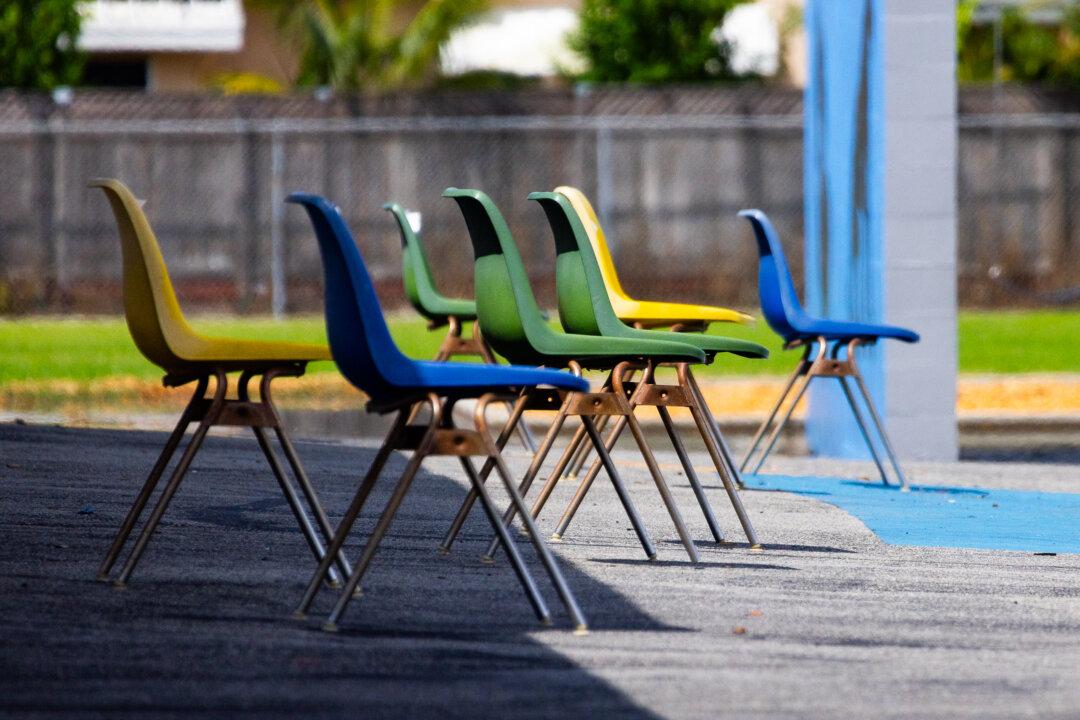More than 1.8 million students in California have become chronically absent since the COVID-19 pandemic, according to a recent report.
The growing rate of chronic absentee students—meaning those who have missed 10 percent or more of classes in a semester—threatens academic recovery from the pandemic, according to Stanford University professor Thomas S. Dee, who last month published a report on the issue.





